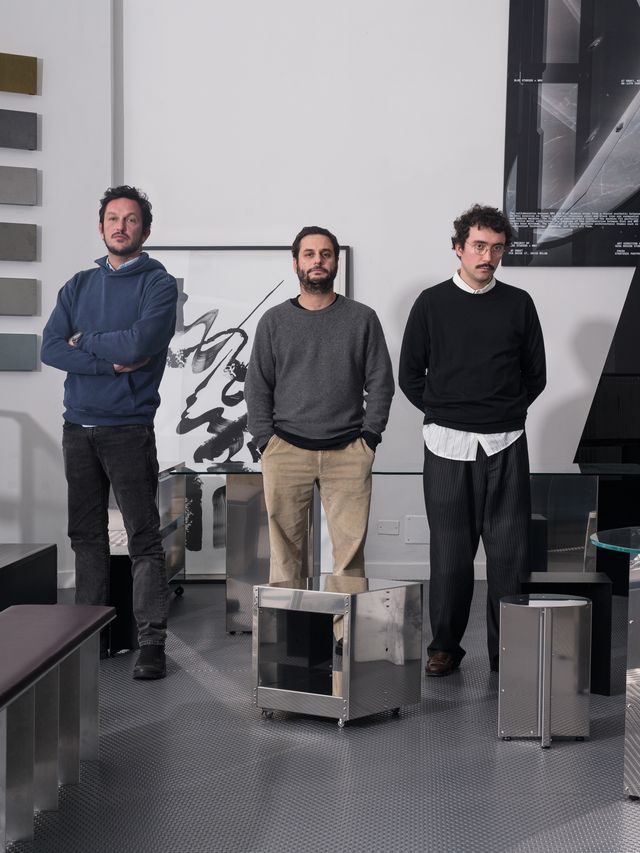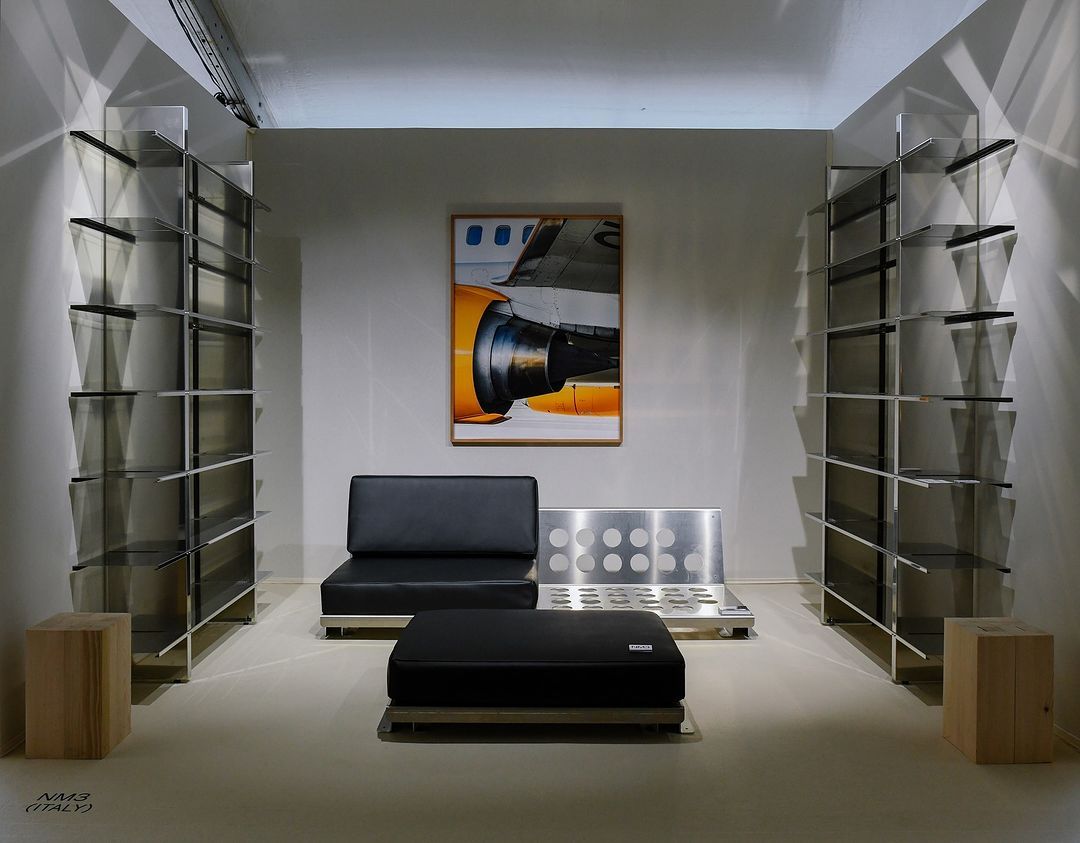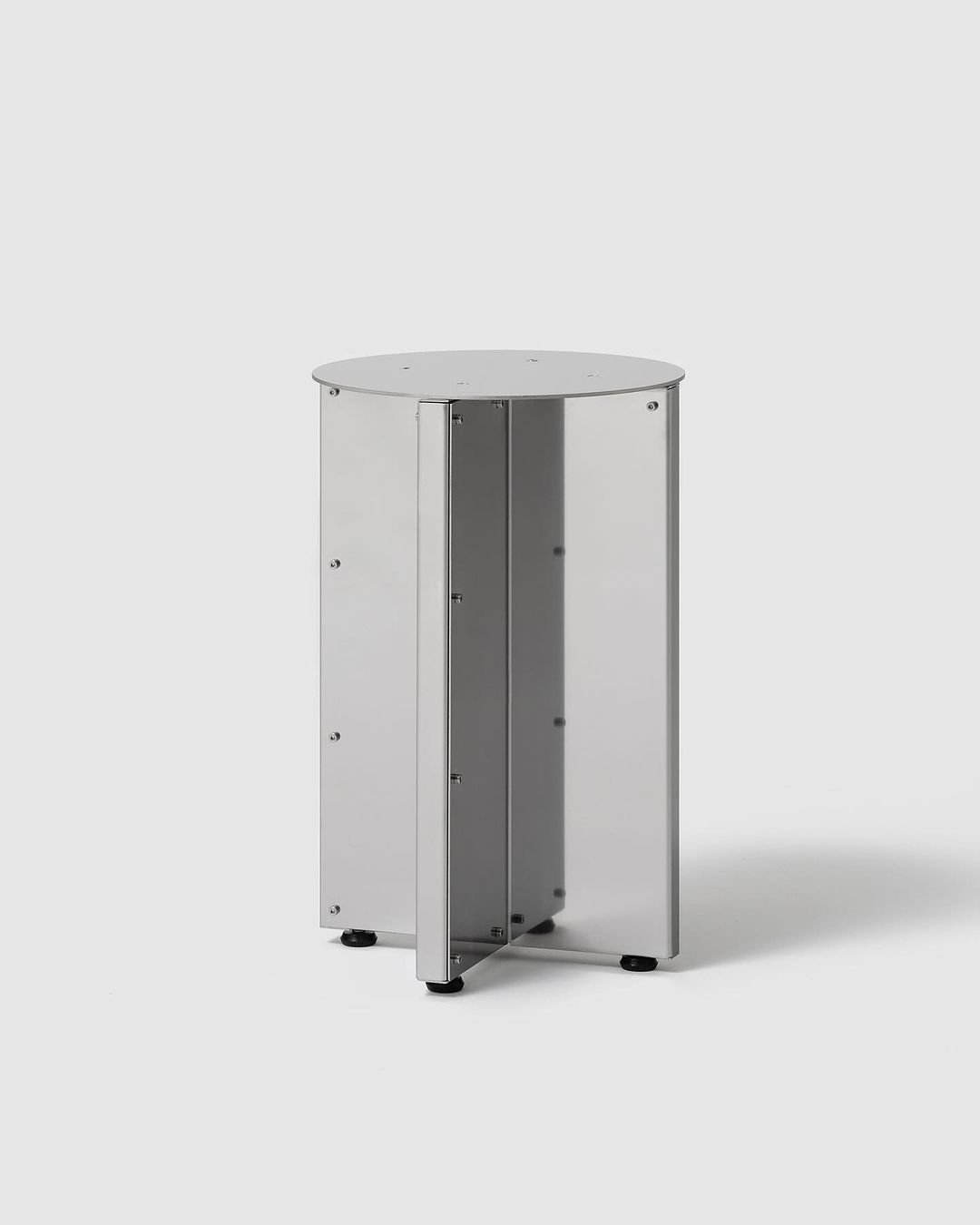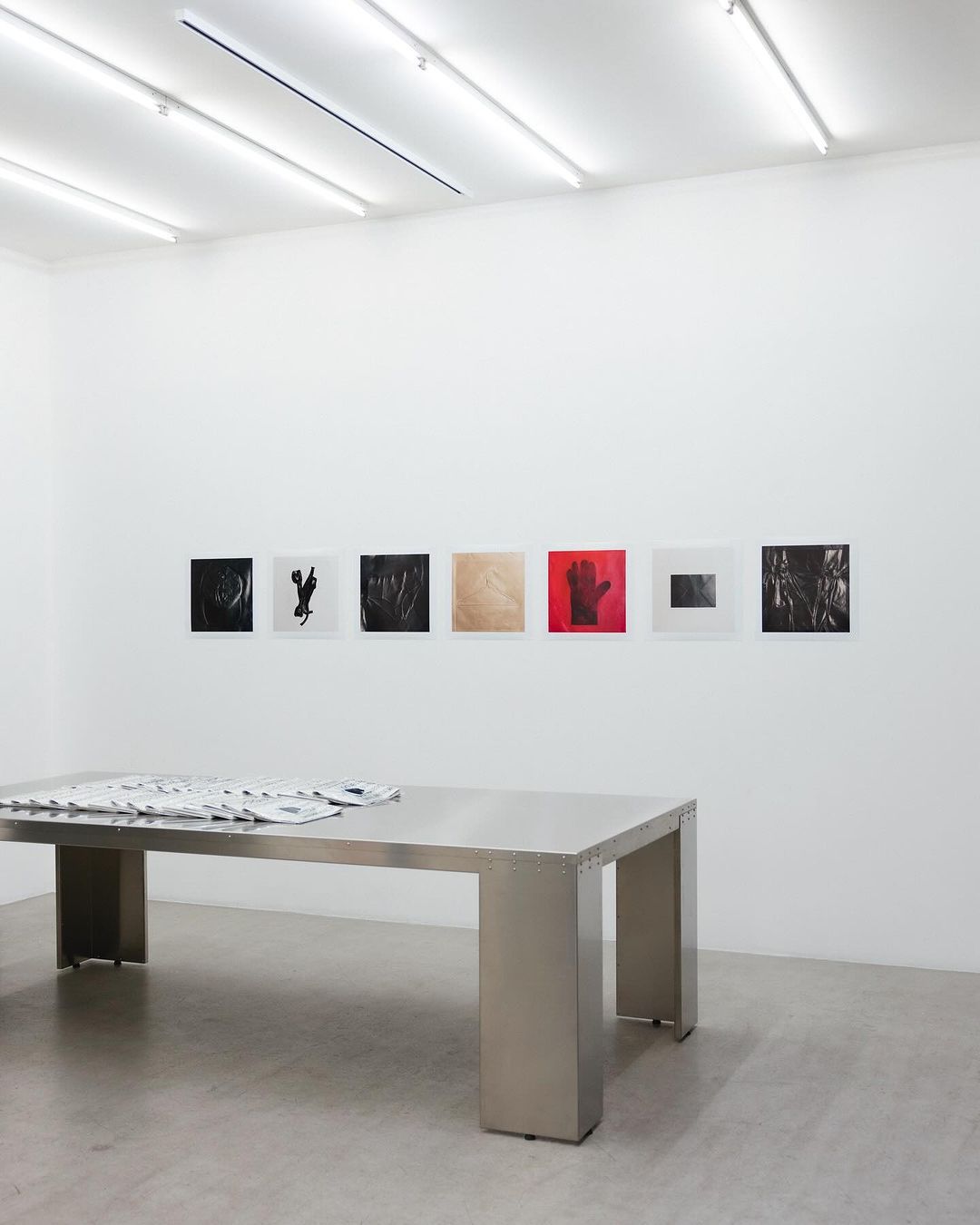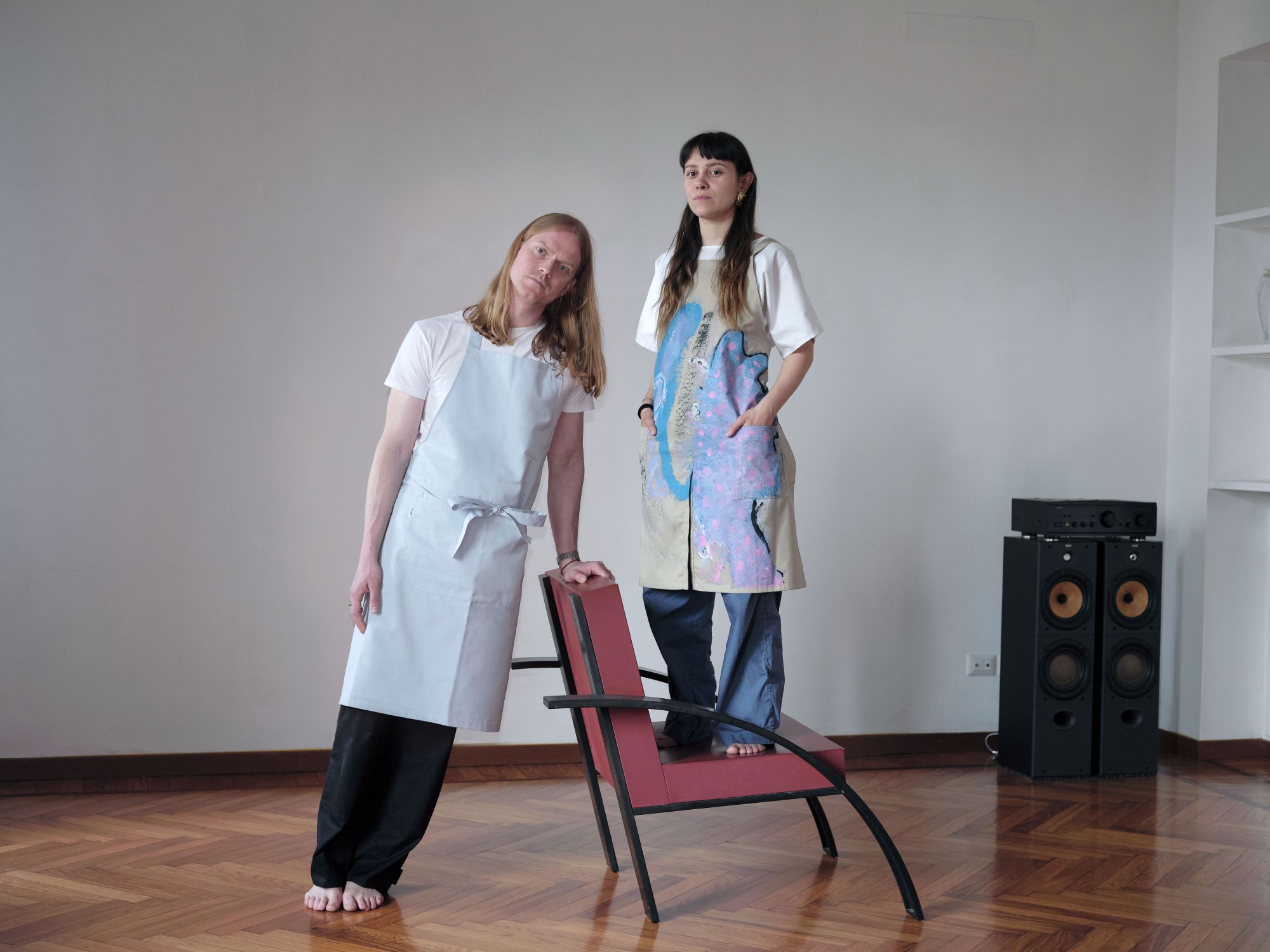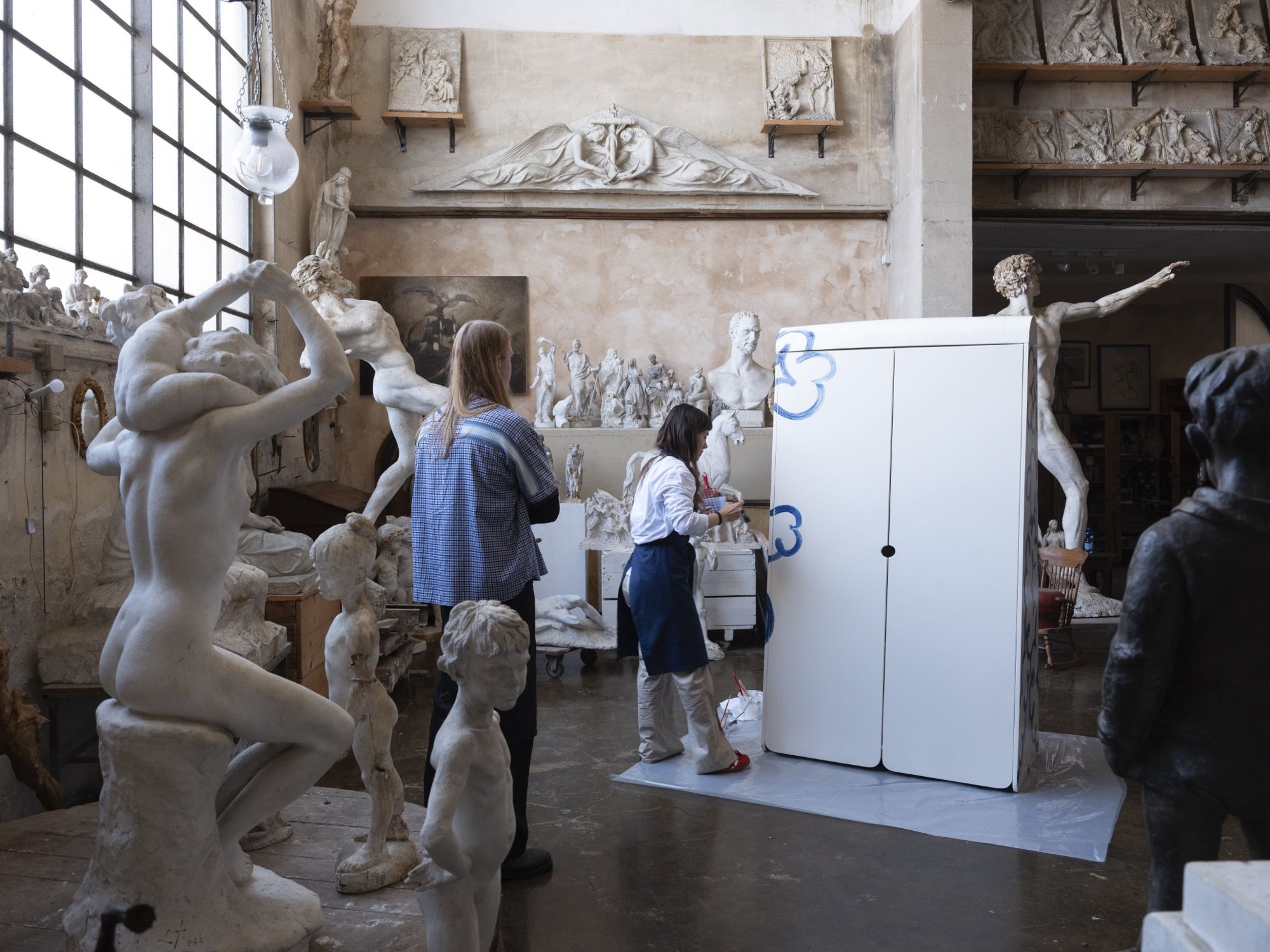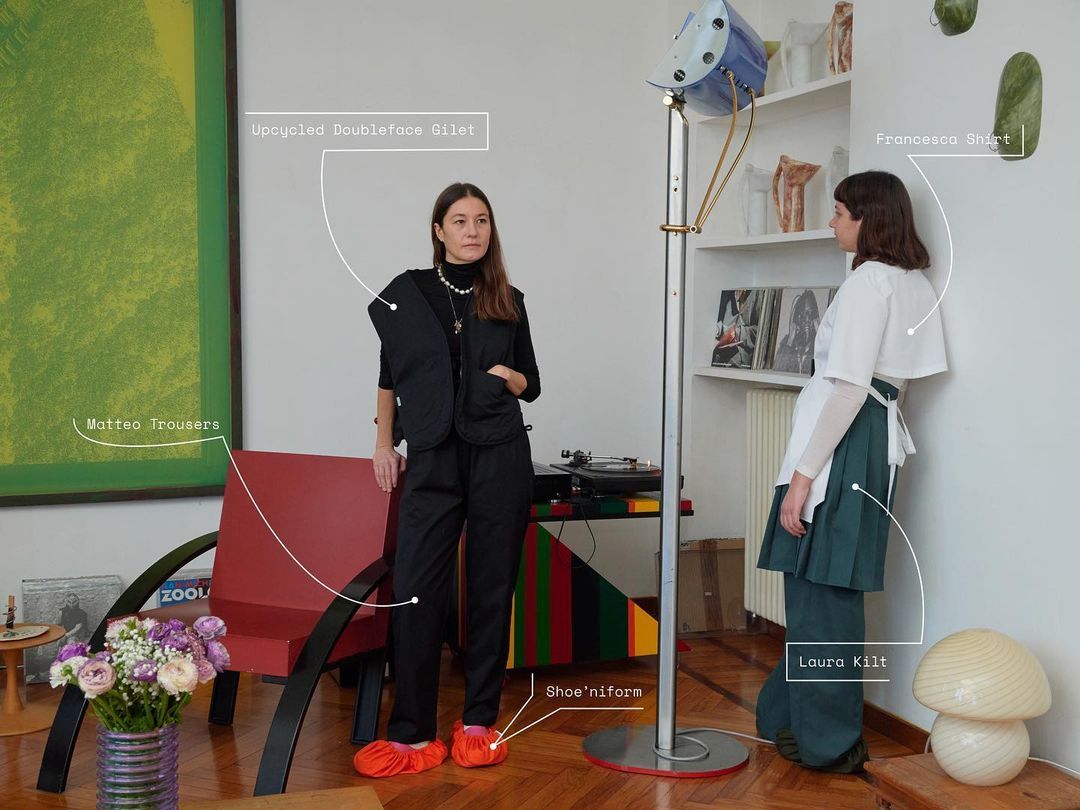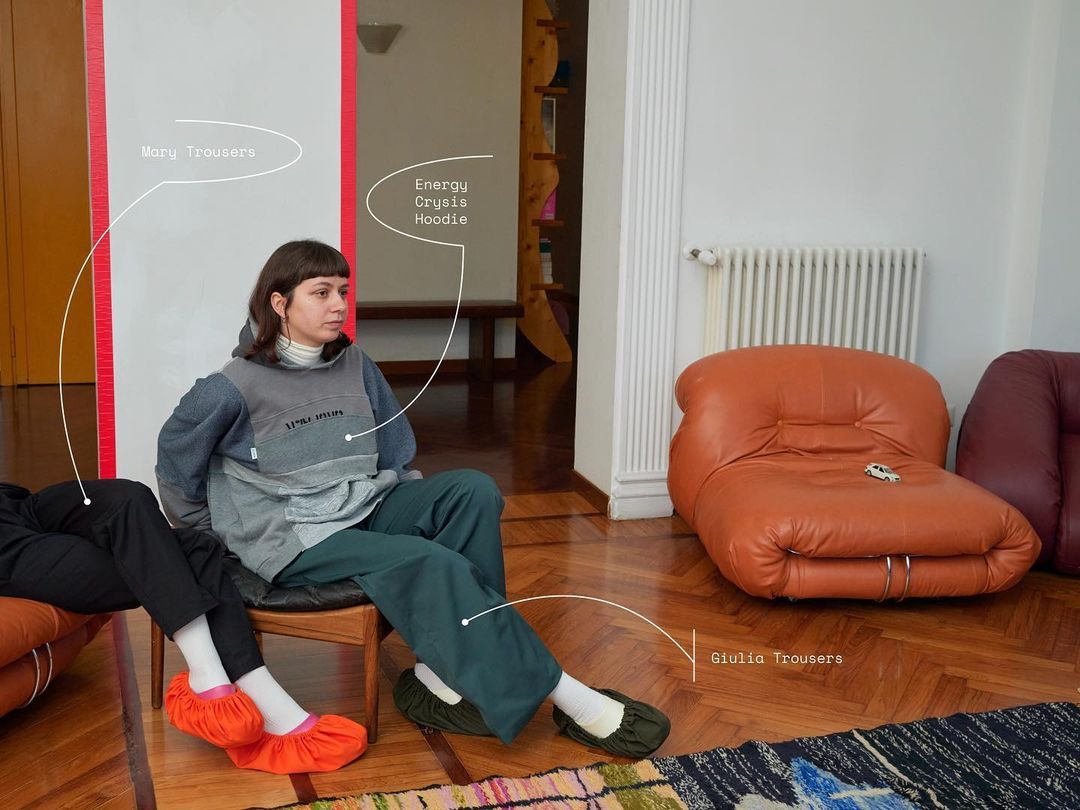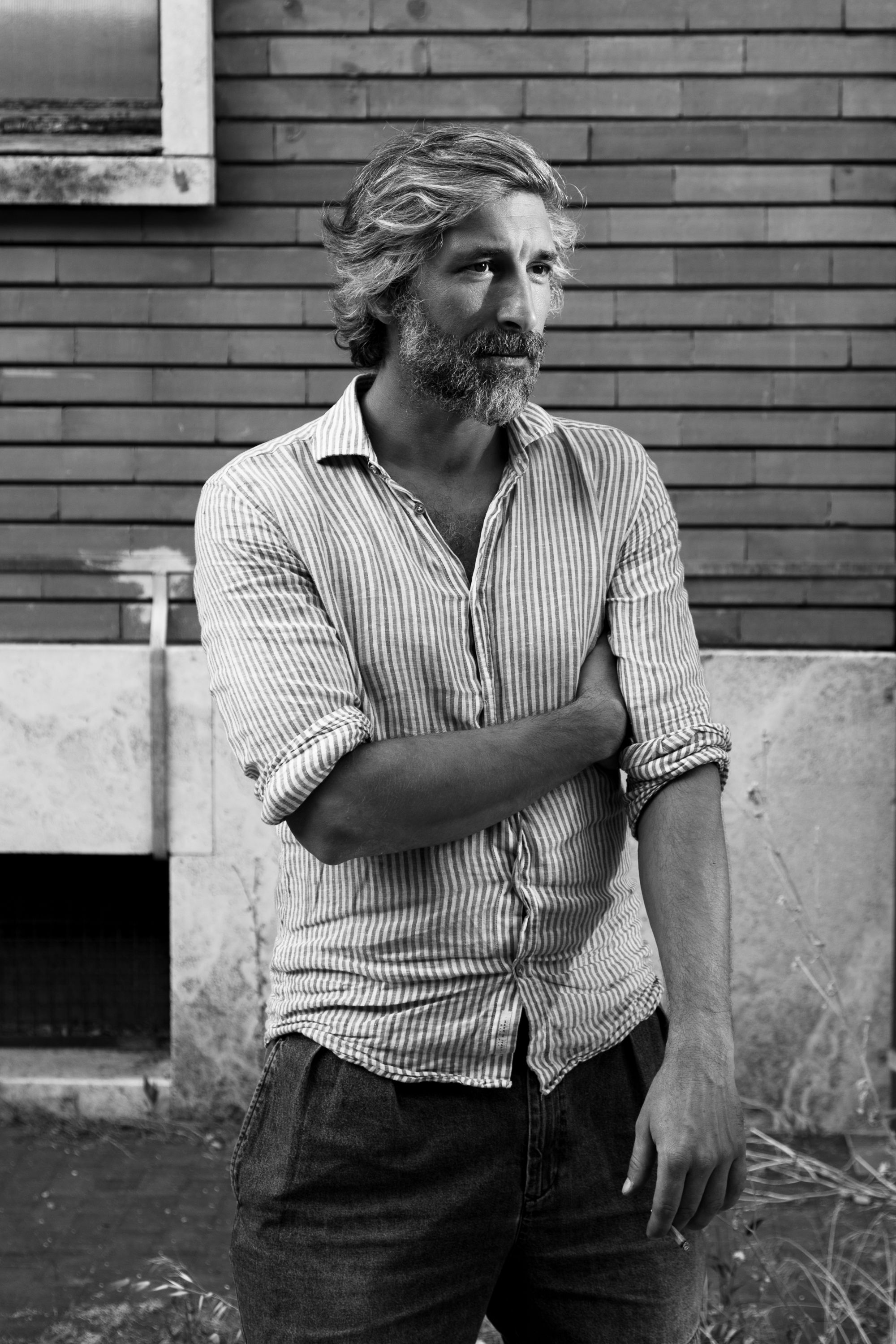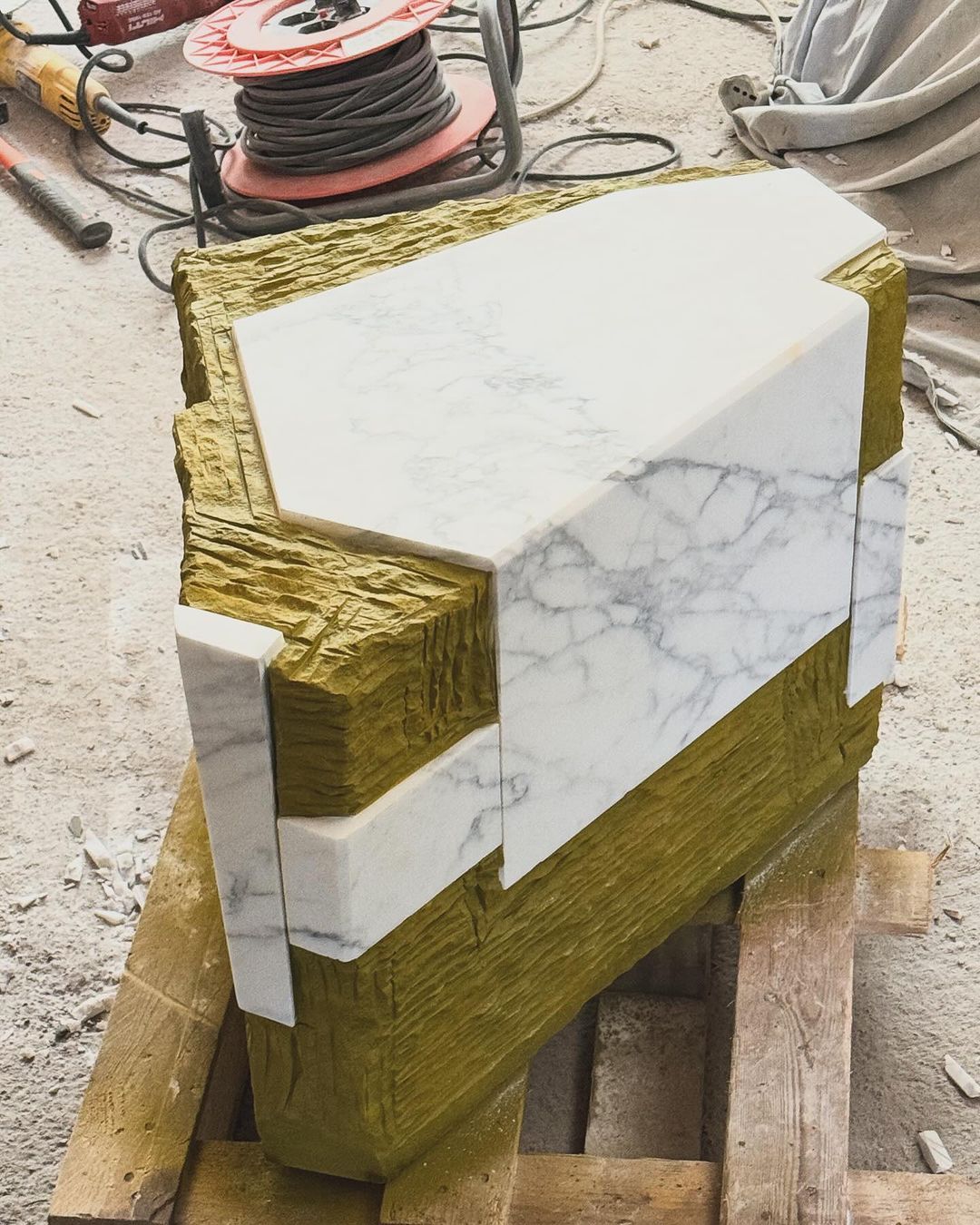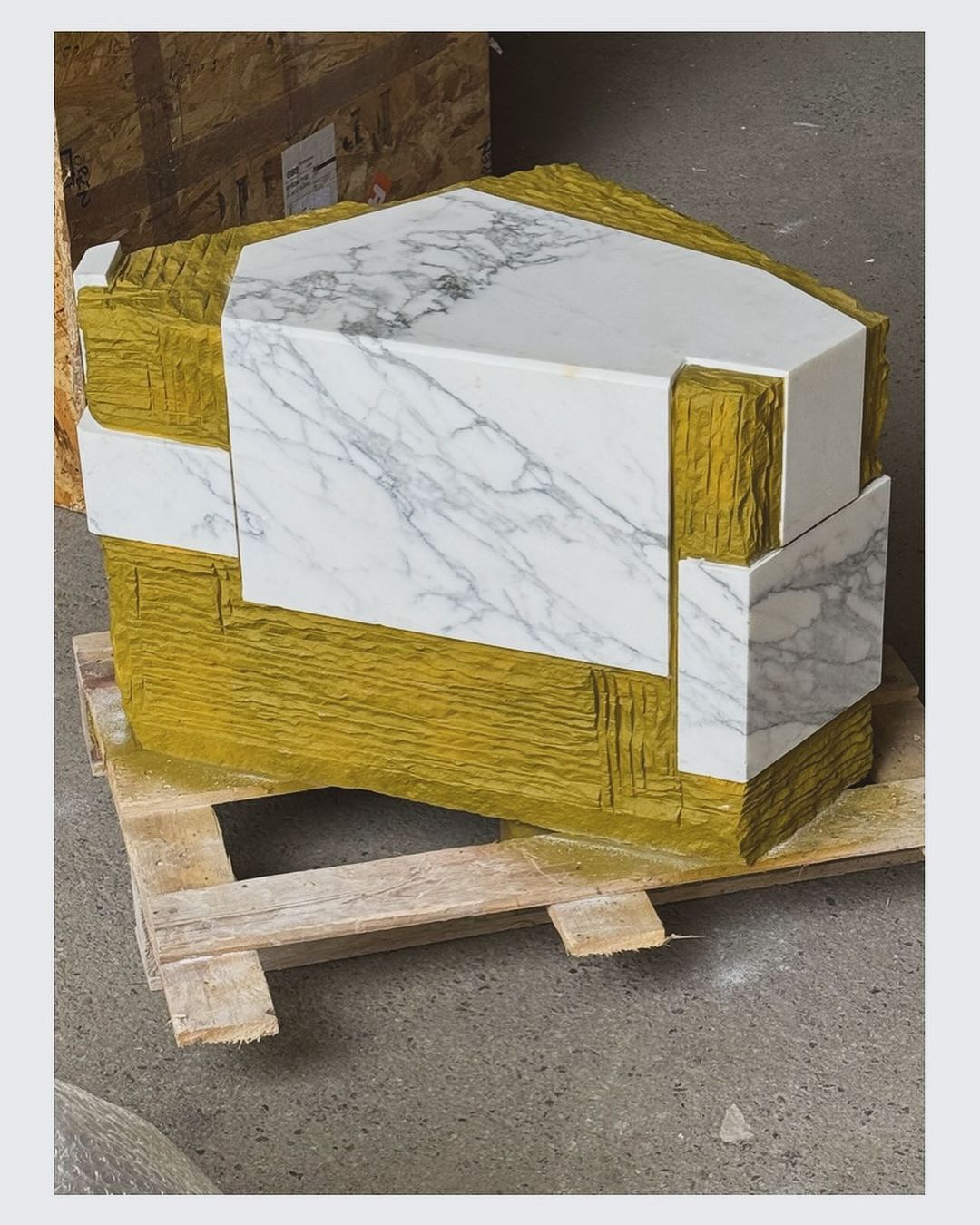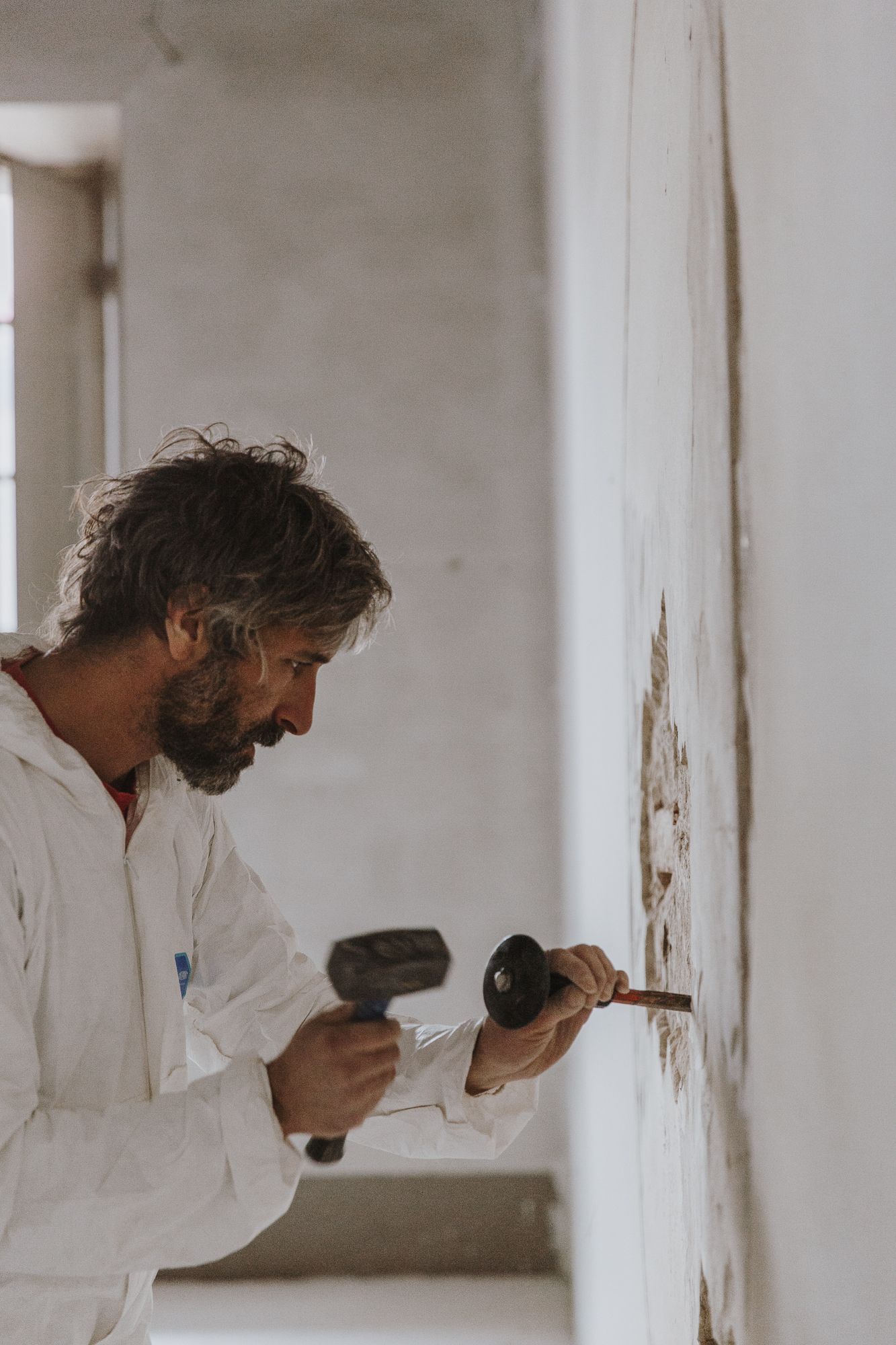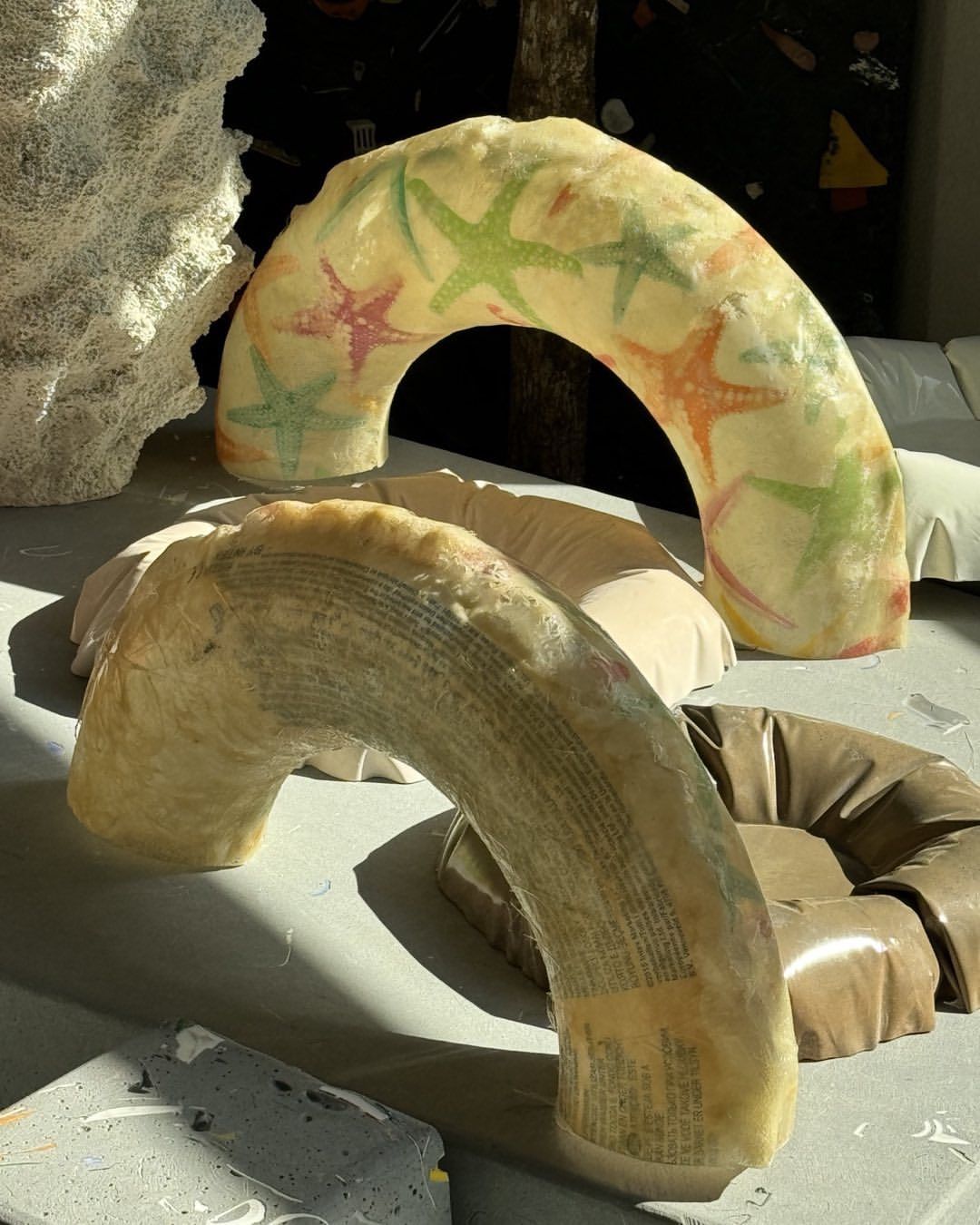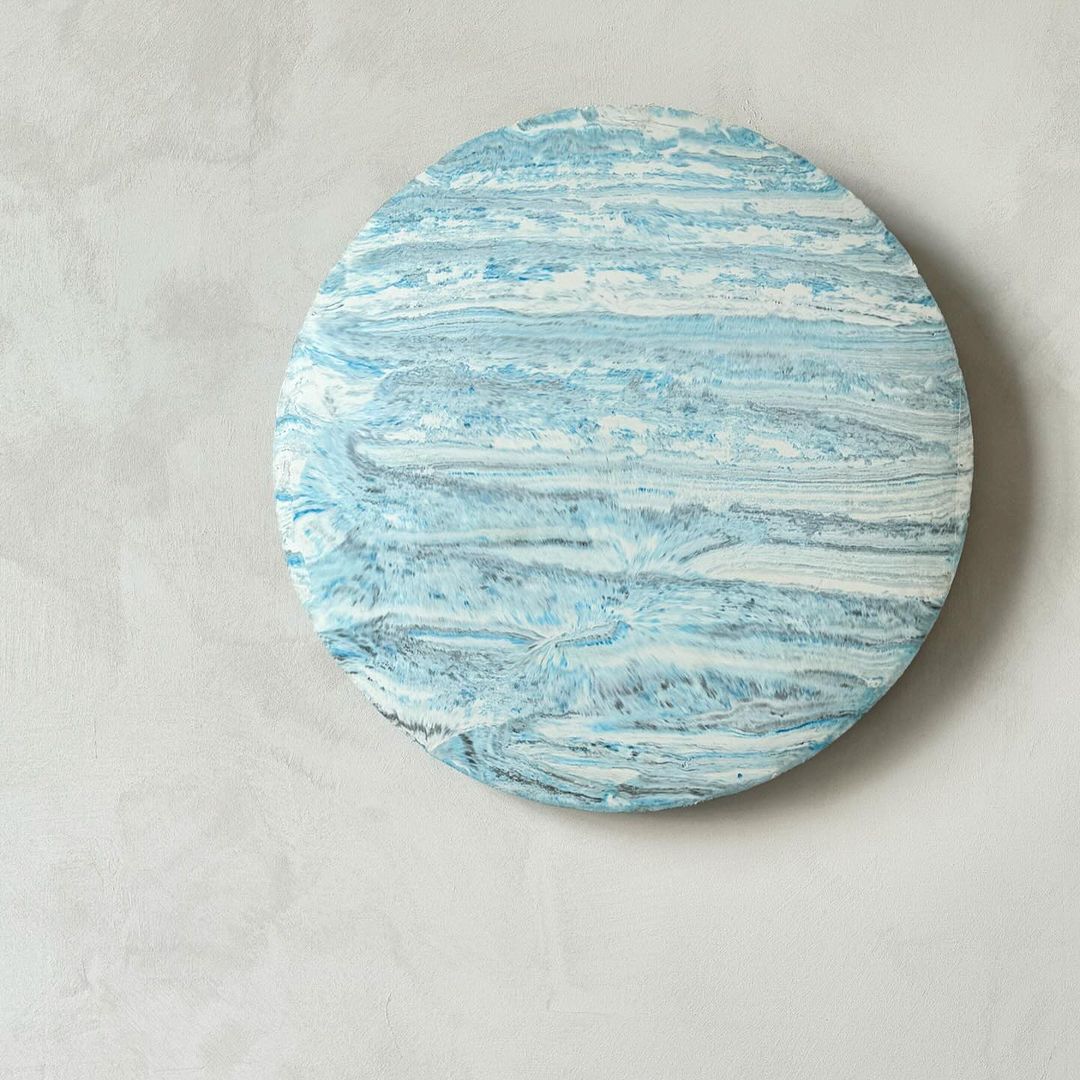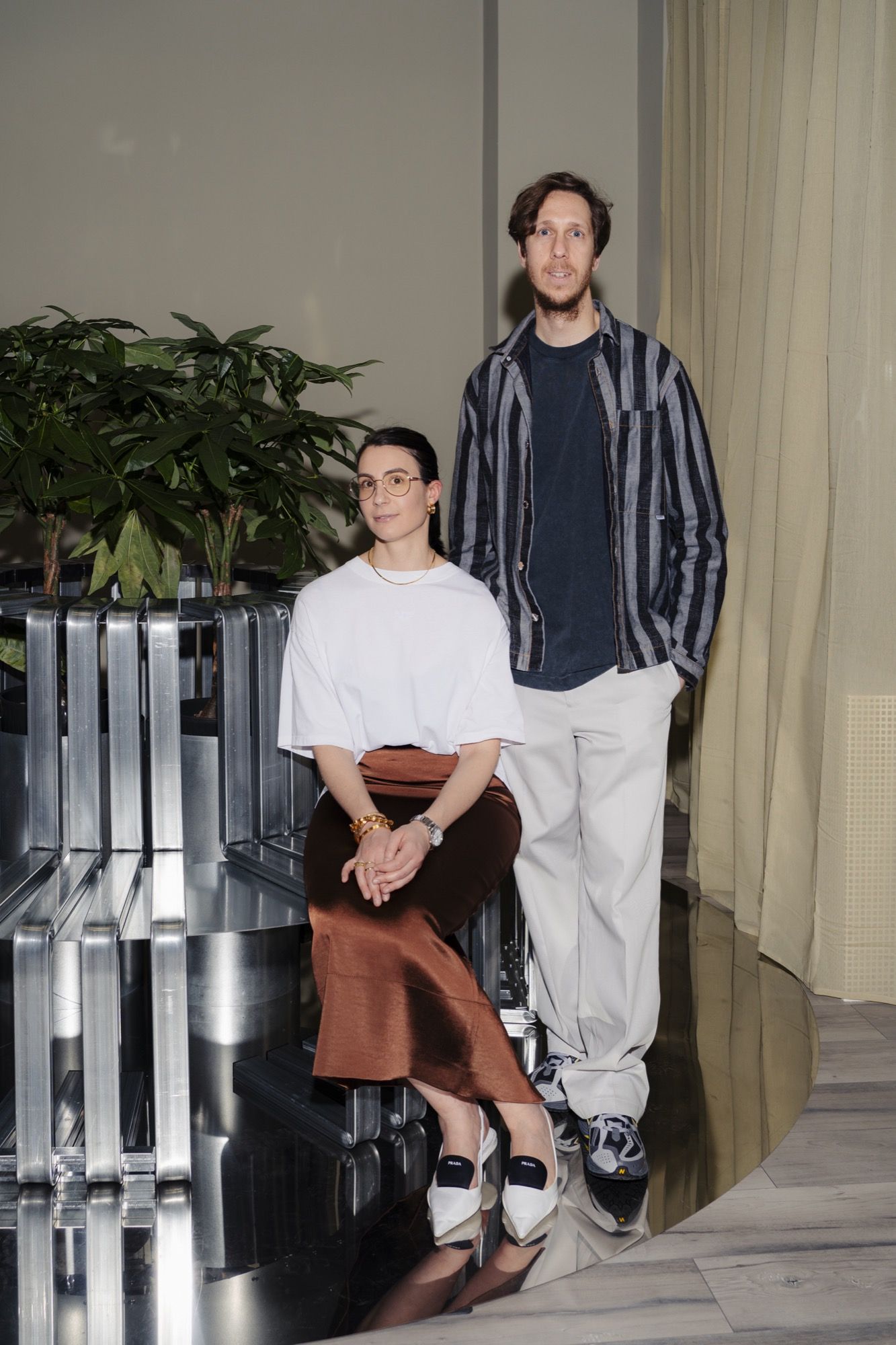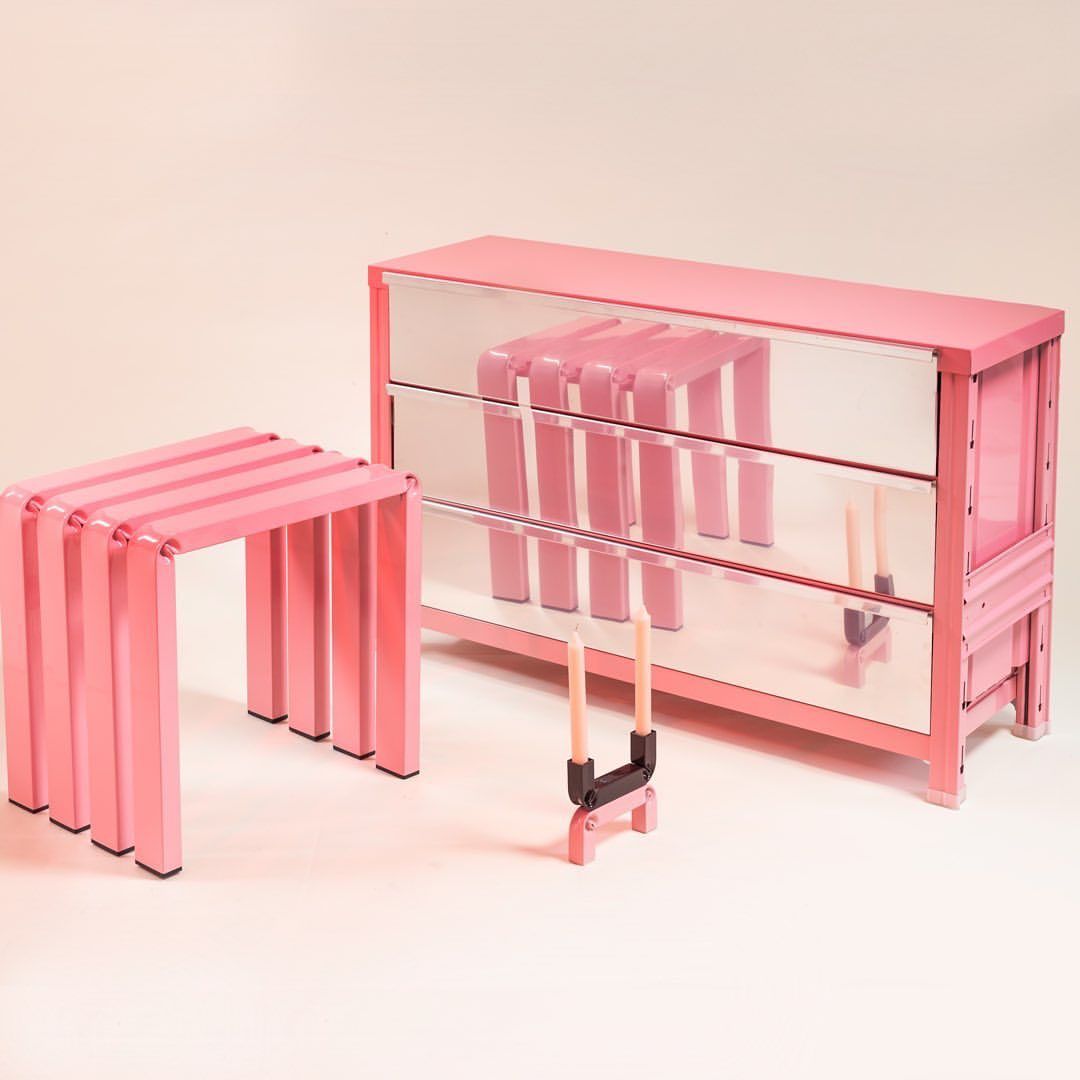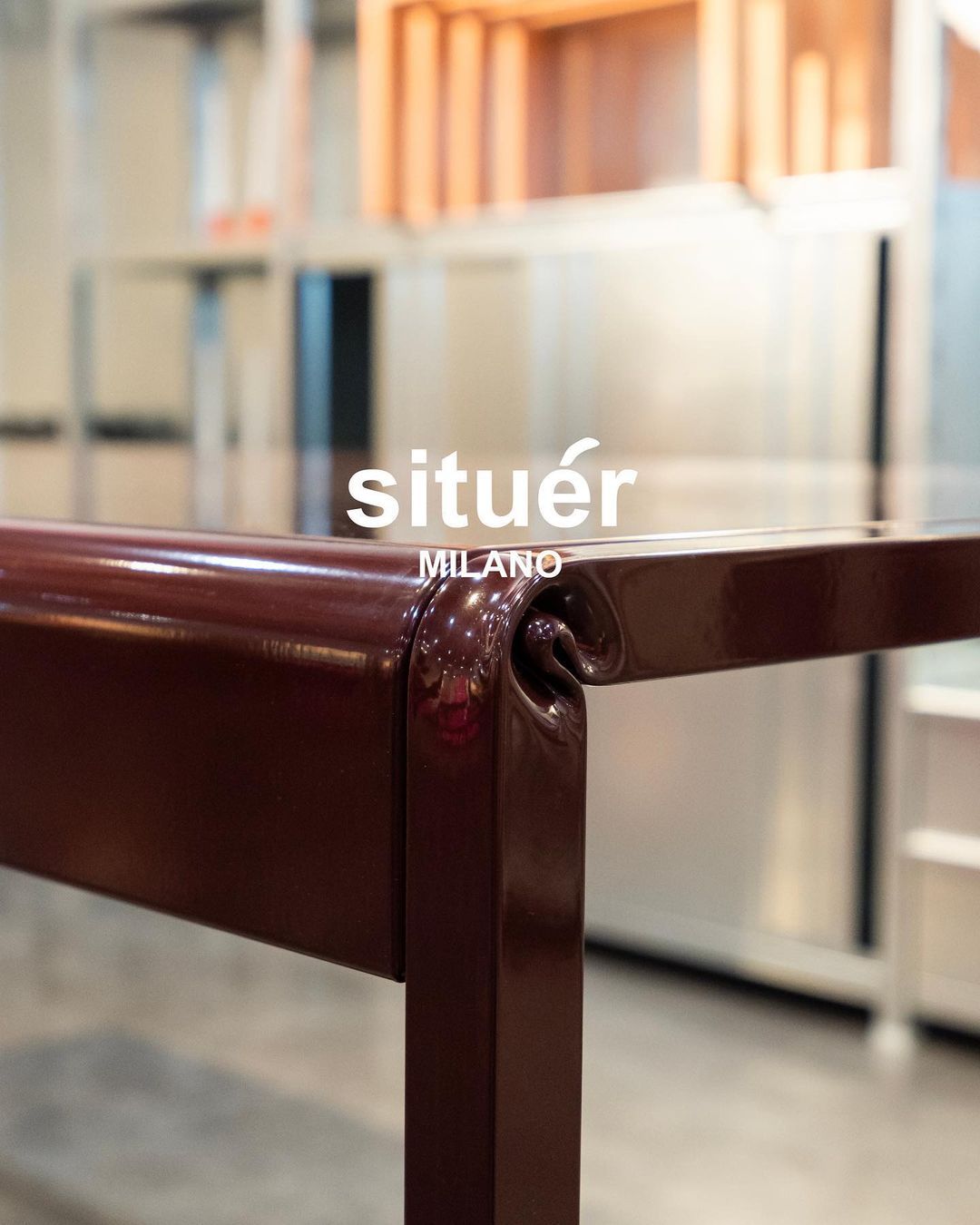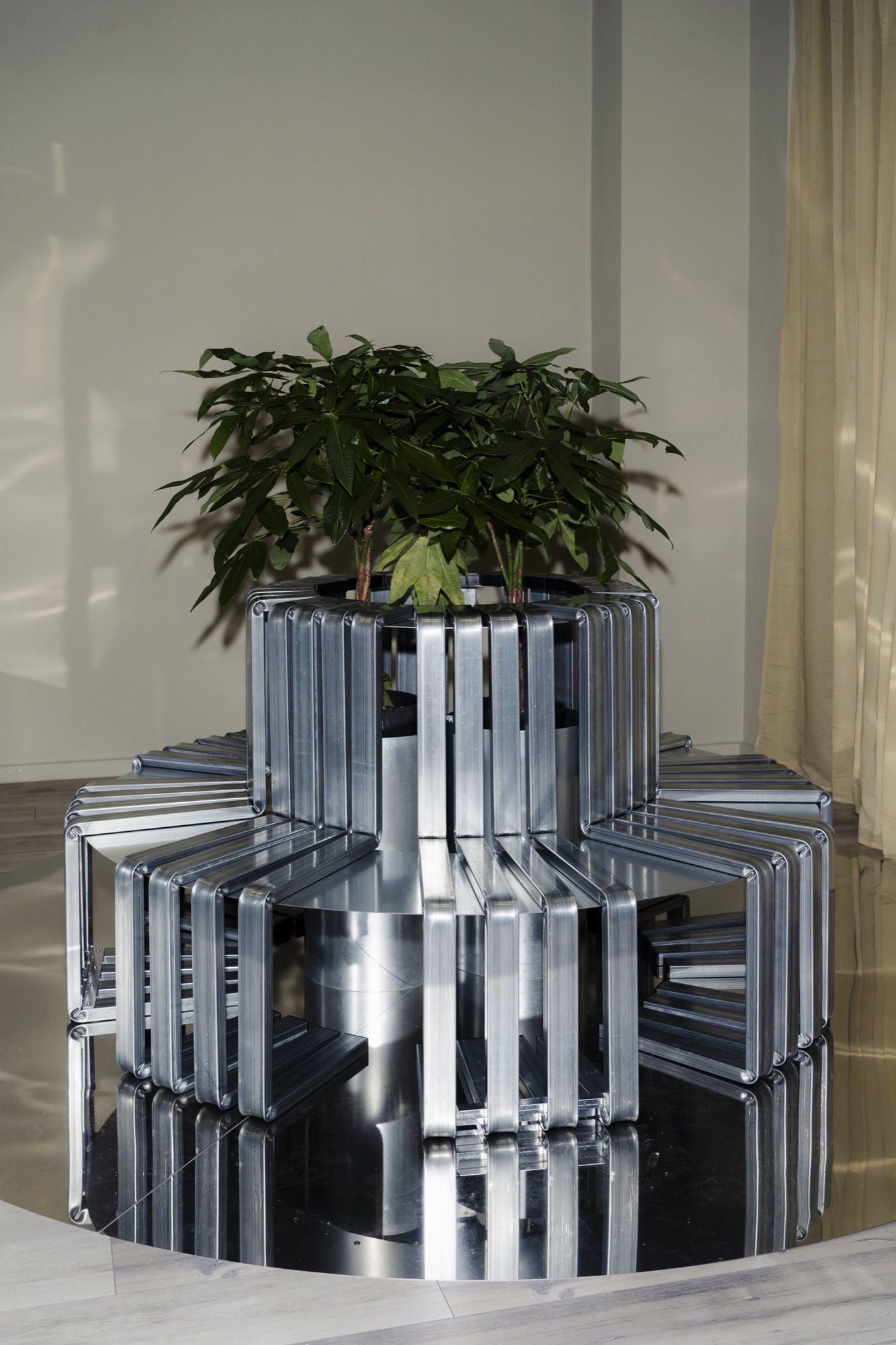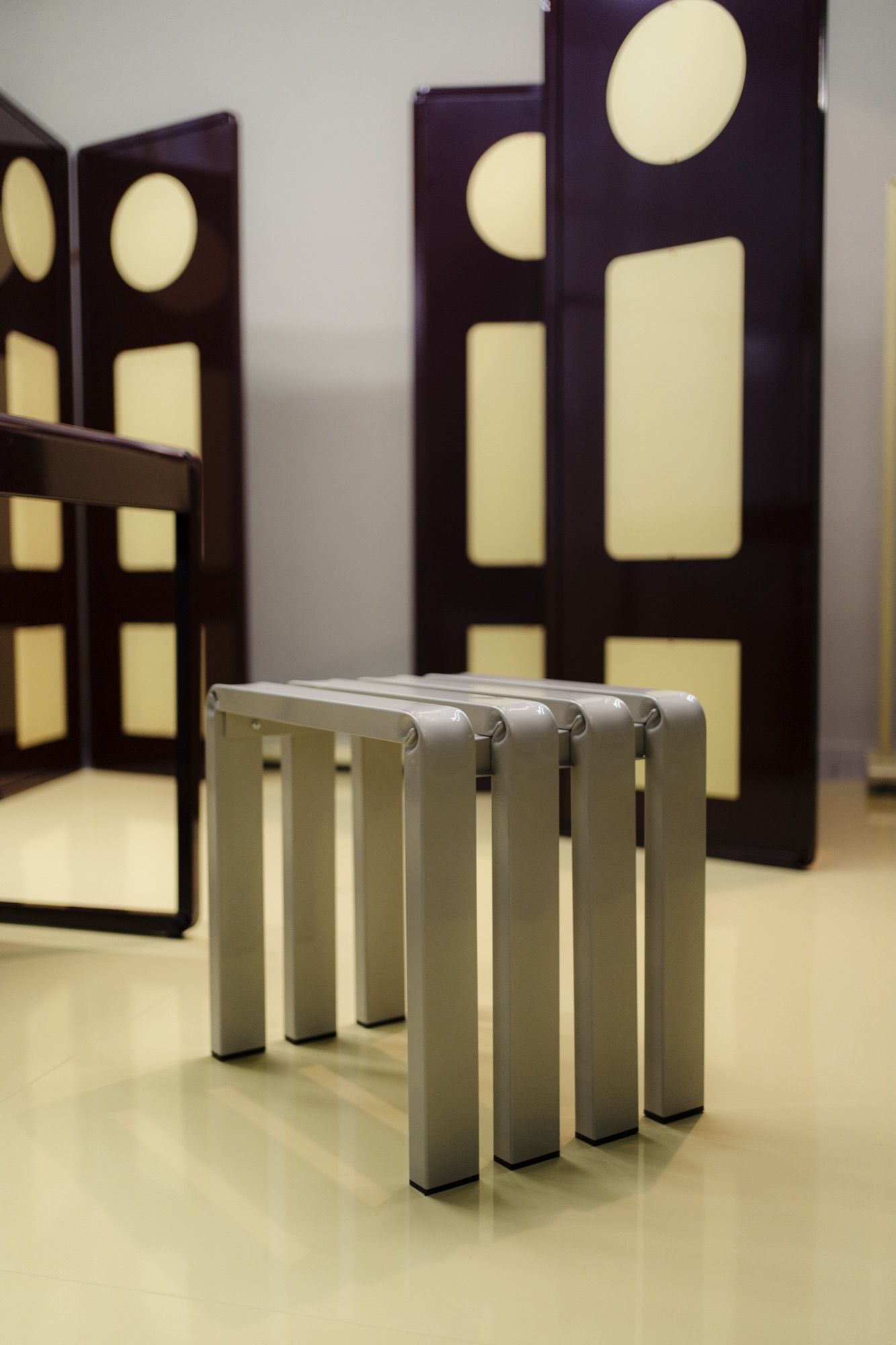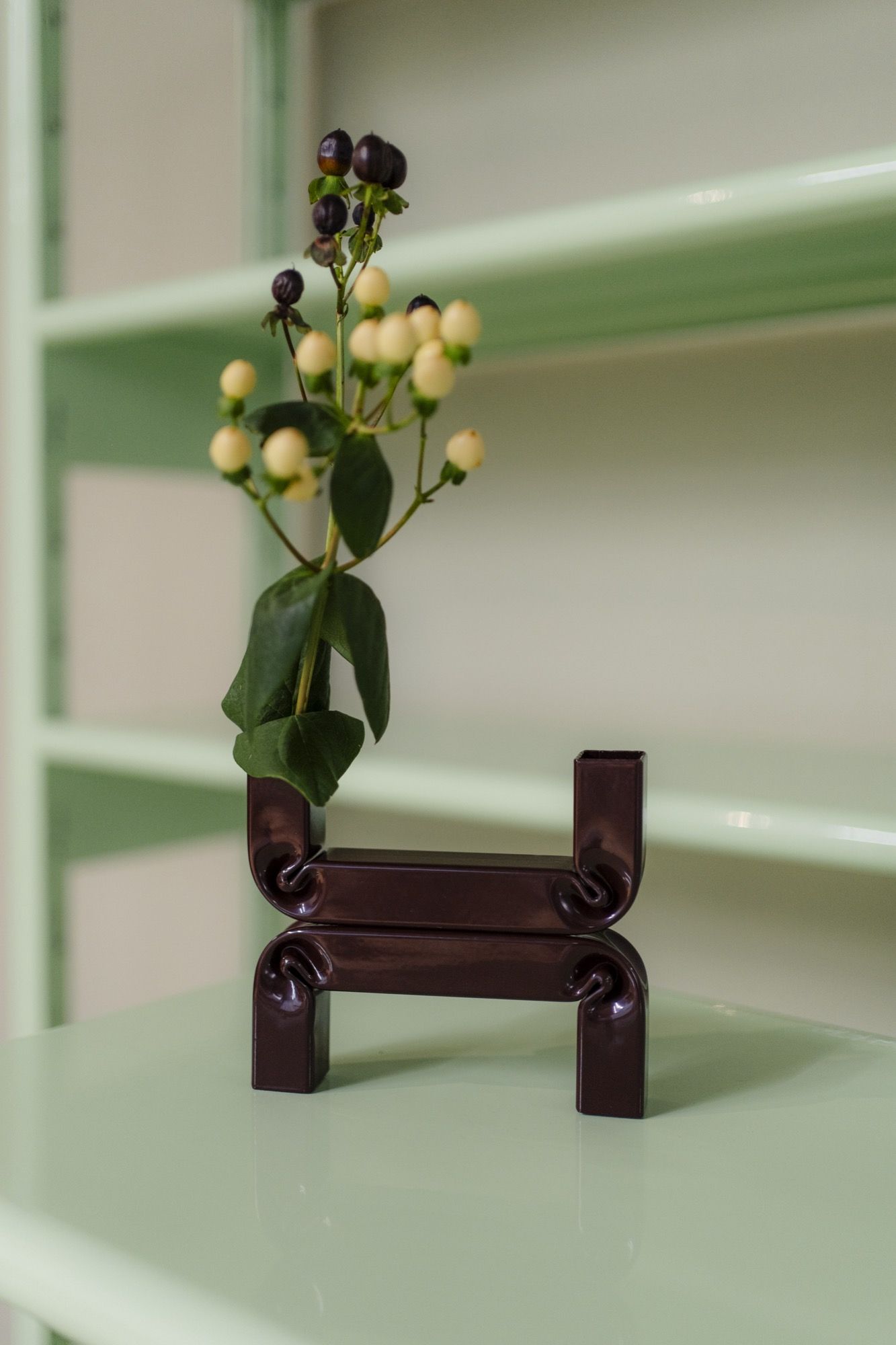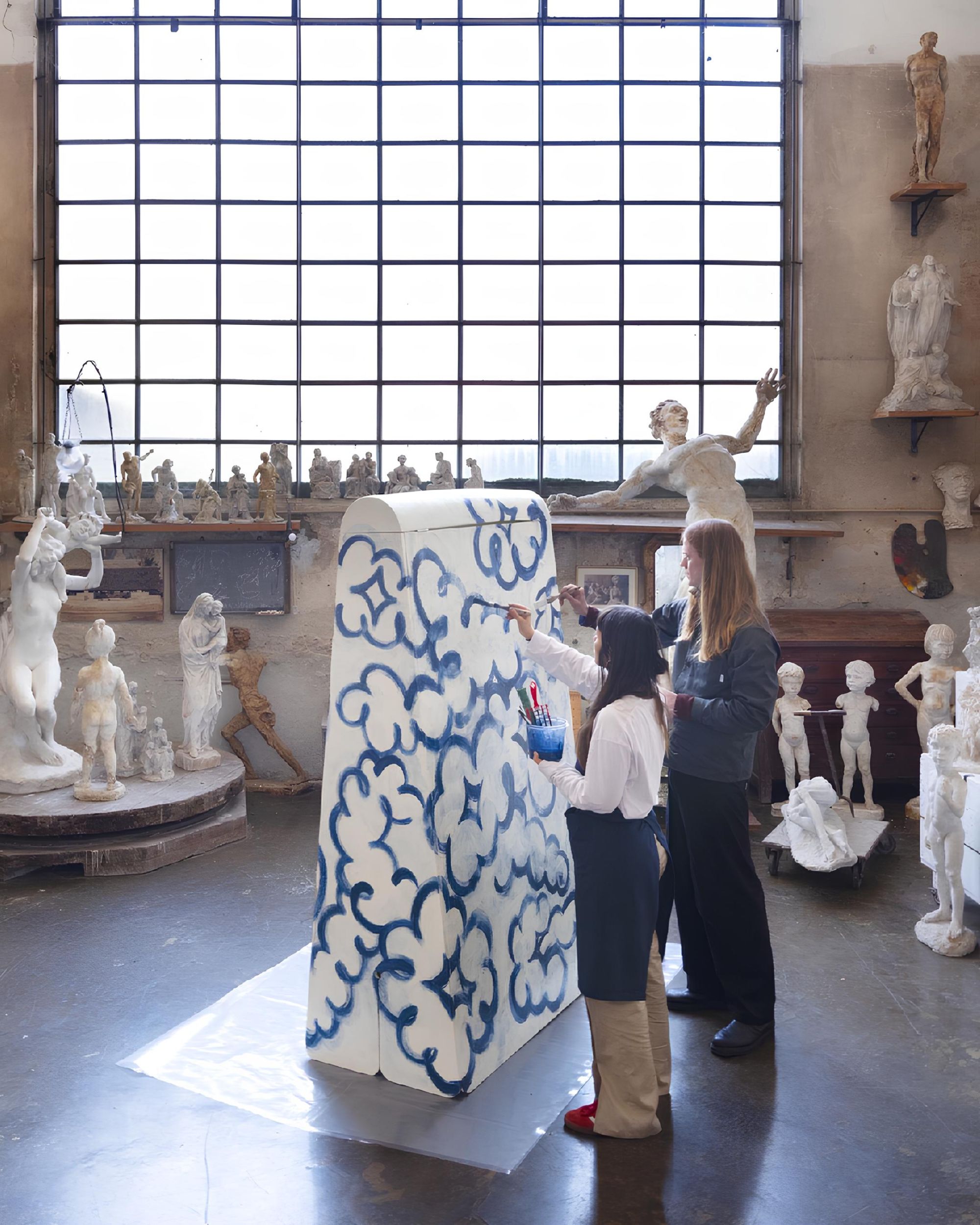
How to become product designer NM3, Older Studio, Duccio Maria Gambi e Situér Milano tell their story

Man created the plow and invented product design, a job that today carries a myriad of Anglophone titles that change and multiply continuously. The profession was born to meet the human need to create tools for everyday life, although over time it has evolved towards artistic horizons increasingly distant from the idea of utility. Today, the role stretches across a spectrum ranging from function to art, a sort of professional mix that every April unfolds over the city Milan, kicking off an event of colossal scope. The Fuorisalone expands its reach with each edition, both physically, extending beyond the city's peripheral neighborhoods, and conceptually, involving more and more people. They call it Design Week, but during those days, discussions span cinema, fashion, sustainability, and politics, themes that demonstrate how, even in a fragmented sector like design, creativity can be a means of communication for a message much deeper than beauty for its own sake. We asked four creatives "How do you become a product designer?", here's what they told us.
NM3
The story of NM3 begins within the halls of the Politecnico di Milano, from the meeting of Nicolò Ornaghi and Francesco Zorzi. After founding Raumplan, a zine dedicated to curation and exhibition design, together with some colleagues (who later founded Giga Design Studio), photographer Delfino Sisto Legnani joined the team. The trio came together in NM3 with «a very practical need,» they tell us. «It was the need to have an exhibition design that somewhat accommodated the idea that, when you don't have money, you do everything with scrap materials.» The main stylistic feature of the Milanese collective came to light in their first collaboration when, to exhibit archive pieces from Kartell and Alessi, they decided to create a series of installations and furniture in steel. «At the time, they were really cheap,» the three recall, «from there on, we saw that this system more or less worked, so three or four years later we took up the idea of interlocking and evolved it into what is currently the brand's aesthetic.» Today, their corporate resume includes collaborations with brands and institutions such as adidas, Sunnei, Aspesi, Ferrari, Axel Arigato, the Venice Biennale, and Alcova, but they are still proud of their «artisanal» origins. «We were born without investments, without too much planning, we all did other jobs but we were interested in telling a story and being together,» they explain. In response to "how do you become a product designer?" the trio gets straight to the point. «Like all things: because you believe in it and because you work your ass off, it's a bet you make with yourself,» they state. «You invent a product from one day to the next that didn't exist before, and then you have to convince people to buy it.» Regarding the qualities that led them to success, they respond with confidence: «Determination and initiative. We are good designers, we know what we like and what we want to communicate.»
Among NM3's advice for newcomers is to «first interrogate the industry and choose who you want to work with.» Because NM3's success is based on the unity and determination of the founders as much as on the support they have received over the years. «More than the city, it was the people who influenced us,» they say. «People who took the risk of publishing us when we didn't have any employees yet and were doing very small things, or who helped us by sharing their client portfolio. Those are the things that really help.» This Design Week, NM3 is presenting a new installation in the spaces of the cocktail bar Bene Bene, on Via Morgagni, Saturday, April 20th from 2 pm to 11 pm, first celebrating together with its community at Club Night Opal, on Friday the 19th.
OLDER STUDIO
Letizia Caramia and Morten Thuesen met in the ateliers of Alexander McQueen before launching OLDER in 2013. The brand produces uniforms and sustainable utility designs for hospitality, such as Michelin-starred restaurants and luxury cocktail bars; but also artistic projects like the "Furniform", a convertible outfit exploring the boundaries between clothing and furniture, or "Buclicolo", a hand-painted wardrobe presented these days at Design Week. After founding the brand in Paris, the duo moved to Milan to return to their roots and out of a great love for the city's architectural history. The name OLDER encapsulates the brand's philosophy, dedicated to design that proves the ability to age well, and its mission, focused on waste reduction. OLDER's first steps as a company trying to swim against the consumeristic fashion system weren't easy. In addition to ambition, the two designers tell us, what helped them achieve success was self-determination. «It wasn't considered cool at all in the beginning, but we had a fairly clear idea of what we wanted to communicate,» they reveal. «Even if it's a simple T-shirt, you can create a lot of innovation through storytelling.»
Caramia and Thuesen say that what led them to sign bespoke uniform collections for major institutions like Noma in Copenhagen, Matter and Shape, Jacquemus, Alcova, and the Tate Modern (and soon also nss) was the desire to express themselves. More specifically, to express the feeling of frustration towards the fashion industry and how it systematically operated against all their values. «It's always been organic for us, you need to be patient and also learn to enjoy the process,» they add. «OLDER is autobiographical, it's as if the uniforms were born from a conversation between the two of us.»
Duccio Maria Gambi
Duccio Maria Gambi's designs have also traveled around Europe before returning to Italy. Industry insiders call his productions collectible, unique pieces residing at the intersection of art and design. They consist mainly of imposing stone sculptures made of contrasting combinations. For Gambi, design is sometimes a form of "possession," other times a "service job"; his investigation into stone, he explains, is the result of his fascination with the material, a heated discussion between the impassivity of stone and the mutability of creativity. Tracing the milestones that have most marked his career, the Florentine creative recalls being initially drawn to Dutch avant-garde, but later discovering concrete in Paris. «I've always liked concrete for how it imposes itself in the environment, for its geometry,» says Gambi, who tells us that in the French capital he found not only a space to cultivate a new artistic interest but also a place to engage with other artists. Back in Florence, he tells us, he found inspiration in the symmetry of the city's architecture and natural landscapes. His works have come to occupy the rooms of Galleria Luisa Delle Piane, to converse with the world of fashion in collaborations with designers like Gherardo Felloni and Massimo Giorgetti. Among the most recent projects, Gambi has turned his sculptures into prints for a new collection with MSGM, a project that made him discover the similarities between interior and clothing designers. The two are united, as Gambi observes, by «a sensitivity to material research, to the relationship between function and aesthetics.» Although he acknowledges that fashion brands often prioritise commerciality over innovation, he recognises in the intersection of the two worlds still infinite possibilities. After the recent launch of the collab with MSGM, this Design Week the designer presents with Studio Leggero the conceptual room divider Separér, a collection in Murano glass and wood named CLAUDE, with Secondome and Studio Effe from Rossana Orlandi, as well as a lamp from the INCAL collection in Don’t get too comfortable, at Circolo in via della Spiga.
Today, Gambi directs Spazio Territorio, an exhibition workshop based in Florence where he presents his works alongside other artists. He tells us that the name expresses «the idea of a fluid boundary, of a space that changes like a container that varies according to what is inside it.» Despite still considering it experimental, Spazio Territorio has already hosted several exhibitions dedicated to emerging designers, an opportunity where the Tuscan designer could leverage his connections and knowledge to promote and support some new faces in the industry. To do this job, Gambi advises to find inspiration beyond design, to completely open up to the inputs offered by the rest of the world, and to avoid following the rules of the algorithm, which "flattens" creativity. «Then there's openness to perception, it's important to truly believe in what you feel and then try to show it in the best possible way,» he adds - «Now it's very easy to show your work, it's all about presenting a coherent story.»
SITUÉR MILANO
The boutiques and exhibition spaces where Situér Milano's shelves are found are characterised by a dynamic and colorful aura. The brand's story traces back to the 1960s, starting from the furniture company Castellani. Situér's identity is anchored in the past, but it was an artistic revolution that propelled it to success. First the addition of color, then the "Situér fold", a special welding technique giving a characteristic movement to the brand's furniture, shaped the studio's identity. The company's fundamental goal is «the pursuit of a perfect balance between aesthetics and function,» co-founders Biagio Castellani and Federica Paoli tell us. They recall that one of the main difficulties they had to face with Situér paradoxically was navigating the launch of a new project within an already established company. «It was certainly essential to be born within a larger company like Castellani, we treasured their craftsmanship and their tradition in metalworking, but we also had to face a process of transition and change.»
«For us, that of the designer is a mission,» explain Castellani and Paoli, convinced that the success of their idea was precisely the choice to devote themselves to metal. «Being vertical on a material or on a process is probably what we can advise to those who want to embark on a designer path,» they suggest. This Design Week, the brand has chosen to use the showroom to explore the relationship between nature and design through the colors of the earth. To celebrate the return of the “Situér fold” to the Salone del Mobile, the studio has furnished the spaces of the historic Brera florist and cocktail bar, Fioraio Bianchi Caffè.
In 2024, the profession of a product designer can no longer be limited to the definition it's been given. A product is indeed created, but around it gravitate multiple factors influencing its history and function. In our search on how to become a product designer, we tried to find clear answers to a question that, however, ultimately does not exist. In this sense, the vastness of the Design Week confirms how design permeates every cultural sphere, and how, at the base of every successful product, there is the need to challenge the preconceptions of the industry, in order to perfect it. Because in addition to celebrating aesthetics and creativity (which sometimes suffice), design serves to raise the right questions.









































